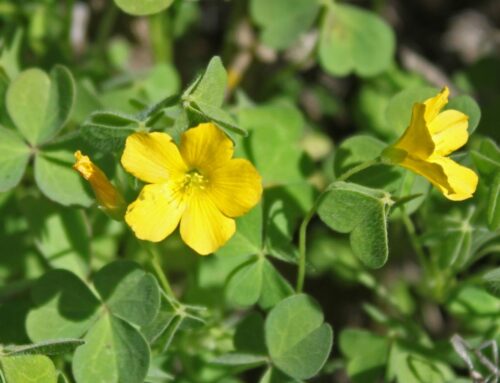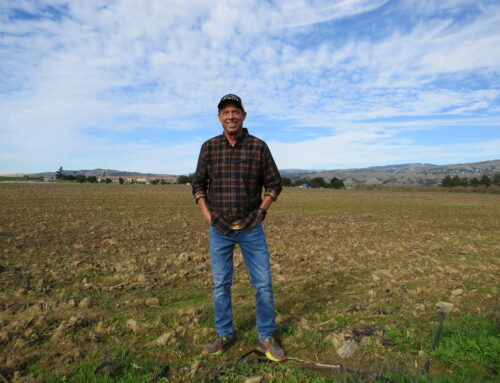
Photo courtesy www.vro.agriculture.vic.gov.au
Hardpan is a layer of soil so dense that air, water, and roots can barely move through it.
Unlike compacted soil, which is a general condition of soil that doesn’t have enough macropores and micropores for roots, air, and water to move through, hardpan is a distinct layer that stops everything.
Hardpan can occur naturally, and it can be caused by human actions. Glaciers cause hardpan, by compressing layers of minerals into an impenetrable slab. More likely in your Morgan Hill garden or landscape, hardpan can occur when plowing, digging, or rototilling are done each year to the same depth. This can compact the underlying soil so much that it becomes hardpan. Heavy traffic, heavy chemical use, which kills beneficial soil microorganisms, extended drought, and improper watering can also cause hardpan.
Soil pH and soil structure are major factors in the development of hardpan. Acidic soils are far more likely to cause calcium and iron to form hardpan layers, than alkaline soil. Clay particles are very small and already tend to become compacted. In clay soil, rain or irrigation followed by high temperatures can also create hardpan.
However it occurs, plant roots don’t like it.
Poor drainage is the first sign of hardpan, followed by a general failure to thrive. If you have a soil tester, you can take a few two- or three-foot deep samples of your soil, to see if there is a hardened layer. If you have a post hole digger, you can do the same thing, with more soil and more effort. The important thing here is to look at the layers of soil as you bring them up. If you reach a layer where all the plant roots start growing horizontally, you have hit hardpan.
Once a layer of hardpan has formed, it takes brute strength and proper soil amendments to correct the problem. If you opt for the brute strength method, you will have to wait for the soil to be dry. (Digging wet soil is never a good idea.) Use a digging fork, spade, or broadfork to break through the hardpan layer. As you do this, you will want to make sure the subsoil is not brought up and mixed with the topsoil. You will also want to add significant amounts of organic matter, in the form of aged compost or manure, or peat, as you dig.
 Treating acidic soil with lime can help break up the chemical bonds that hold a hardpan layer in place. This is not an option, here in Morgan Hill, where our soil tends to be very alkaline. You can also top dress the area repeatedly with organic matter to treat hardpan, but it may take years before you see results.
Treating acidic soil with lime can help break up the chemical bonds that hold a hardpan layer in place. This is not an option, here in Morgan Hill, where our soil tends to be very alkaline. You can also top dress the area repeatedly with organic matter to treat hardpan, but it may take years before you see results.
Kate Russell is a UCCE Master Gardener in Santa Clara County. For more information, visit mgsantaclara.ucanr.edu or call (408) 282.3105 between 9:30 a.m. and 12:30 p.m., Monday through Friday.




